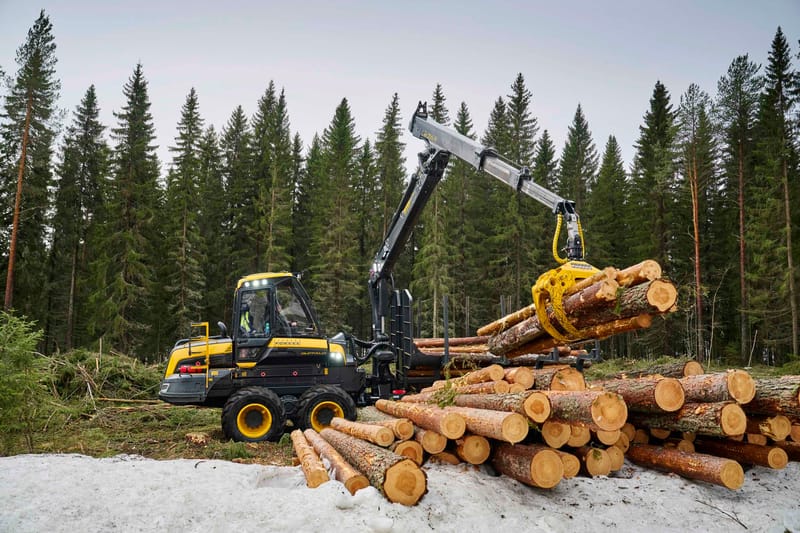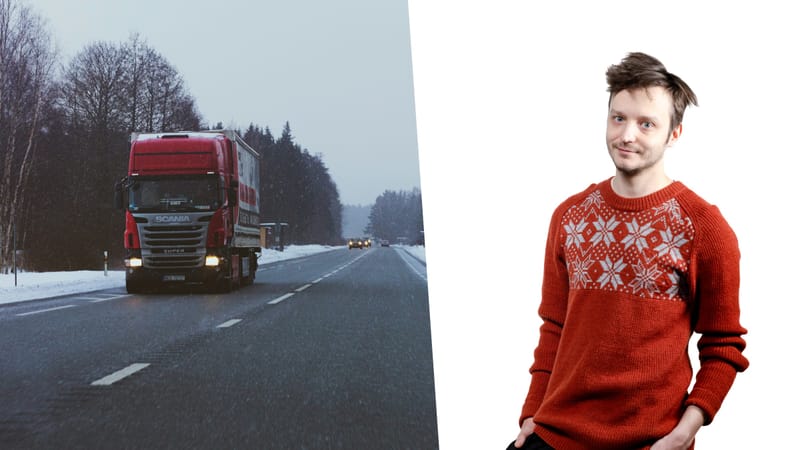Researchers: Finland can still reach carbon neutrality
Decisive choices on clean technologies and land use could still make Finland carbon neutral by around 2040, and carbon negative by 2050, according to a new research report.

Finland has a good chance of meeting its carbon neutrality goals, according to a joint report by VTT, the Finnish Environment Institute (Syke), Luke, and the Geological Survey of Finland (GTK). Both citizens and companies remain strongly committed to achieving the climate targets.
To become carbon neutral after 2040 and carbon negative by 2050, Finland must boost both technological and natural carbon sinks, VTT stresses. The key policy choices on land use and clean technologies must be made now.
Researchers also highlight the need for a clear long-term political vision. Businesses seek predictability and clear signals from policymakers.
Meeting the targets will require action across all sectors – industry, agriculture, energy, transport, and land use. The findings are based on new long-term climate scenarios developed under the recently published KEITO project* report.
Alternative futures tested through scenarios
Four long-term scenarios have been developed to support Finland’s climate policy, outlining different pathways for emissions and carbon sinks.
“These results are not forecasts, but alternative futures. We wanted to explore under what conditions Finland could reach its long-term climate goals,” says Tiina Koljonen, Principal Scientist at VTT.
The scenarios look ahead to 2050, by which time Finland’s Climate Act requires emissions to fall by at least 90% from 1990 levels – and the country to be carbon negative, meaning its carbon sinks exceed emissions.
The results show Finland can reach carbon neutrality after 2040 and become carbon negative by mid-century, but only if all sectors – from agriculture to land use – make a strong contribution.
The land use sector remains a challenge: predicting factors affecting forest use and sink development is difficult, and estimates contain uncertainties.
“Based on our mid-term analysis, Finland cannot reach its 2035 neutrality goal with current or planned measures. However, achieving neutrality over the longer term is entirely possible, but it requires strong political steering, investment decisions within the next decade, and consistent progress through both technology and natural sinks,” Koljonen says.
Forest carbon sinks – Finland’s Achilles’ heel
Although emissions in the EU Emissions Trading System have dropped rapidly and the shift away from fossil fuels has accelerated, Finland cannot meet its climate targets without net-negative solutions. These include natural sinks – such as forests and soil – and technological methods for capturing and permanently storing CO₂. Both are needed to offset emissions from sectors like transport, agriculture, and heating.
Finland’s forest and land-use carbon sinks have weakened significantly in recent years.
“The balance between forest use and carbon storage is crucial,” says Tarja Silfver, Senior Research Scientist at Luke.
“If forest harvesting remains high, the carbon sink stays small. Forest management practices can strengthen the sinks, but that’s a slow process – which is why decisions are needed now.”
Technological solutions advancing – but faster action needed
Bio-based carbon capture and storage (BECCS) could become a key solution in the 2040s, the report notes. CO₂ utilisation technologies (CCU) are also important, but since CO₂ is eventually re-released into the atmosphere, they cannot replace long-term storage of bio-based carbon.
Currently, the deployment of carbon capture technologies is slowed by high investment costs, lack of political guidance, permitting barriers, and missing CO₂ transport infrastructure. Yet, large-scale use of CCS could reduce Finland’s annual emissions by several million tonnes by 2050.
Citizens support climate goals but resist drastic lifestyle changes
Achieving climate goals in the long term requires structural shifts across society, along with changing attitudes and consumption norms.
In a KEITO project survey, 68 percent of respondents considered reducing greenhouse gas emissions an important goal, and 58 percent said Finland should adhere to its Climate Act targets.
“Public support remains strong, but motivations have become more complex,” says Sampo Soimakallio, Leading Research Scientist at Syke.
“Energy independence, biodiversity protection, and reducing dependence on Russia are now seen as priorities alongside climate action.”
Finns report they have already cut consumption, reduced food waste, changed diets, and increased recycling. However, fewer are ready for bigger changes, such as adopting a fully vegan diet or switching entirely to electric cars.
Finland needs a vision
The KEITO project also analysed sectoral low-carbon roadmaps. While companies are broadly committed to climate targets, policy instruments still fall short of the investment needs.
“Businesses want to invest in low-carbon solutions but need predictability and clear political signals,” Koljonen notes. “Technology will take us far, but without political backing it’s not enough.”
To strengthen both natural and technological carbon sinks, faster and more effective action is needed than what the current government has outlined so far.
“Major investments in research, development, innovation, and new technology deployment are crucial,” Koljonen adds. “The transition must also be fair across social groups, regions, and generations, while minimising environmental harm.”
“Finland needs a clear, long-term vision and a widely accepted pathway to achieve it – that’s the only way to ensure the country meets its long-term climate goals.”
*KEITO project
The project New measures and scenarios for Finland’s national energy and climate policy (KEITO) is a joint research effort by the Finnish Environment Institute (Syke), VTT Technical Research Centre of Finland, the Geological Survey of Finland (GTK), and the Natural Resources Institute Finland (Luke).
KEITO is part of EU-funded NextGenerationEU projects Transition to a clean energy system (REPower-CEST by Syke, VTT, and GTK) and Solutions to the challenges and opportunities of the energy transition (Luke’s REPower project). The work supports Finland’s national energy and climate strategy and the long-term climate plan under the Climate Act.





